Tonymoly - Jamsil Station Underground Shopping Center Branch [Tax Refund Shop] (토니모리 잠실역지하상가점)
11.0Km 2024-06-27
B-17, 265, Olympic-ro, Songpa-gu, Seoul
-
Holika Holika - Jamsil Underground Branch [Tax Refund Shop] (홀리카홀리카 잠실지하점)
11.0Km 2024-06-27
Store #F-41 and 42, Jamsil Underground Shopping Center, B265 Olympic-ro, Songpa-gu, Seoul
-
Seongmin Yangkkochi - Seoul Nat'l Univ. Branch (성민양꼬치 서울대입구)
11.0Km 2021-03-29
38, Gwanak-ro 16-gil, Gwanak-gu, Seoul
+82-2-888-8665
It has a large space, so it is a good place for meetings. The best menu at this restaurant is lamb skewers. This Chinese (cuisine) restaurant is located in Gwanak-gu, Seoul.
Gajeong Sikdang (가정식당)
11.0Km 2021-03-25
118, Yeongdeungpo-ro, Yeongdeungpo-gu, Seoul
+82-2-2636-6697
It is a place where you can enjoy various Korean side dishes at once. This Korean dishes restaurant is located in Yeongdeungpo-gu, Seoul. The most famous menu is homemade-style set menu.
Songpa Naru Park (Seokchonhosu Lake) (송파나루공원 (석촌호수))
11.0Km 2024-10-10
136 Samhaksa-ro, Songpa-gu, Seoul
Songpa Naru Park, also commonly referred to as Seokchonhosu Lake, is a citizen park in Seoul with a jogging course and walking trails. It has two lakes with Songpa-daero Boulevard running in between. Originally, a branch of the Hangang River ran through the site, forming one large lake, but the lake was divided into two with the construction of Songpa-daero Boulevard. The total size of the two lakes is 217,850 ㎡, and they hold about 737 tons of water. The depth of the lakes is 4-5 meters.
CheongKwanJang - Seoul Nat’l Univ. Branch [Tax Refund Shop] (정관장 서울대)
11.0Km 2024-04-18
Store #102, Yeseong Officetel, 1798, Nambusunhwan-ro, Gwanak-gu, Seoul
-
Seoul Nori Madang (서울놀이마당)
11.0Km 2021-02-10
136, Samhaksa-ro, Songpa-gu, Seoul
+82-2-2147-2800
Established on December 25, 1984, Seoul Nori Madang offers diverse traditional performances on an outdoor stage to promote Korean folk plays and culture. Performances are regularly held every weekend; it hosts over 120 performances every year and each performance attracts over 1,300 visitors. Within Seoul Nori Madang is Songpa Folk Preservation Association, which offers seminars on folk plays such as Songpa Sandae Nori and Songpa Baekjung Nori for students, free of charge.
Gwangnaru Hangang Park (광나루한강공원)
11.0Km 2021-12-25
83-66, Seonsa-ro, Gangdong-gu, Seoul
+82-2-3780-0501
Hangang Citizen's Park, composed of 12 areas including Jamsil, Ttukseom and Jamwon, is an eco-friendly park providing areas for sports and leisure. The park is equipped with various cultural and recreational facilities and also has an ecological park. Gwangnaru Hangang Park formed naturally through rich silt that flowed in from the upper Hangang River that was then filled with reeds, creating an ideal habitat for groups of migratory birds.
Amsa Ecological Park (암사생태공원)
11.0Km 2017-01-12
83-66, Seonsa-ro, Gangdong-gu, Seoul
+82-2-3780-0501
Amsa Ecological Park (located in Amsa-dong) is a large scenic park with long winding trails passing by reeds and other beautiful plants of the Han River. It is here as well that visitors can watch the flight of Korea’s migratory birds. The Ecological Park is famous for its beautiful scenery and its lush groves of reeds and pussy willows growing alongside the natural riverside road. Wild roses, loosestrifes, and tiger lilies are in bloom from spring to fall and the observation deck gives visitors a beautiful view of Han River and the area’s wide variety of birds such as reed warblers, titmice, and swallows. The river basin and its surrounding stones are a great place to learn about nature and are home to various bugs such as beetles, river mayflies, big scarlet hairstreak butterflies, and other water insects.
The Amsa Ecological Park is located nearby Godeok River Side Ecological Park and the Bicycle Theme Park, making this particular area one of the most popular tourist attractions along the Han River.
Seoul Gwanmunsa Temple (관문사(서울))
11.0Km 2021-06-01
111, Baumoe-ro 7-gil, Seocho-gu, Seoul
+82-2-3460-5300
Located at the foot of Umyeonsan Mountain in Seocho-gu, Seoul, Gwanmunsa Temple had its ground-breaking ceremony in 1993 and construction was completed in October 1998.
The temple site has a total area of 22,148.76 ㎡ with seven ground levels and four basement levels. The temple was constructed with a mixture of modern and traditional Buddhist architectural designs. Inside the temple, cutting-edge facilities are used for various cultural events, conferences, and sacred ceremonies.
Neighbored by Cheonggyesan Mountain, Umyeonsan Mountain, and Yangjaecheon Stream, the temple is located near many natural spots visitors can enjoy. In particular, Umyeonsan Mountain (alt. 293 m), where Gwanmunsa Temple is located, gets its name for its shape resembling a cow lying down. Designated as a city park and managed by Seoul Metropolitan Government, Umyeonsan Mountain has several valleys with clear spring waters and a dense forest inhabited by diverse animals and plants.

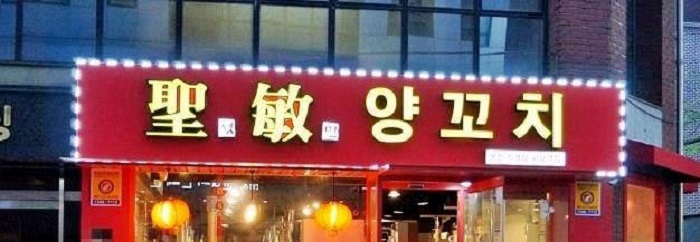
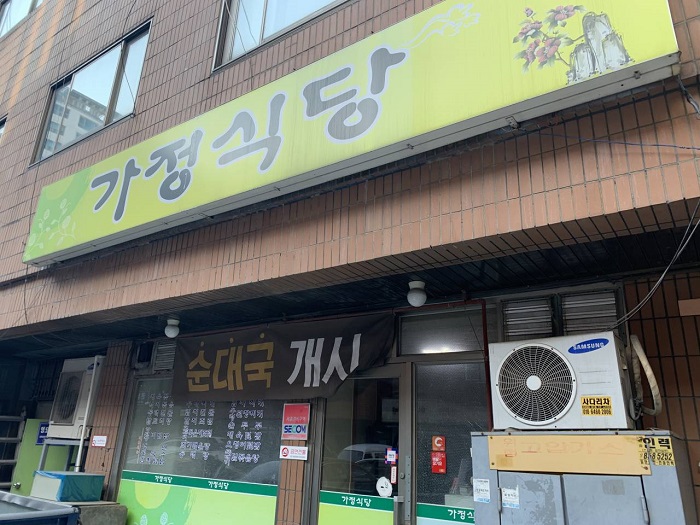
![CheongKwanJang - Seoul Nat’l Univ. Branch [Tax Refund Shop] (정관장 서울대)](http://tong.visitkorea.or.kr/cms/resource/90/2880490_image2_1.jpg)
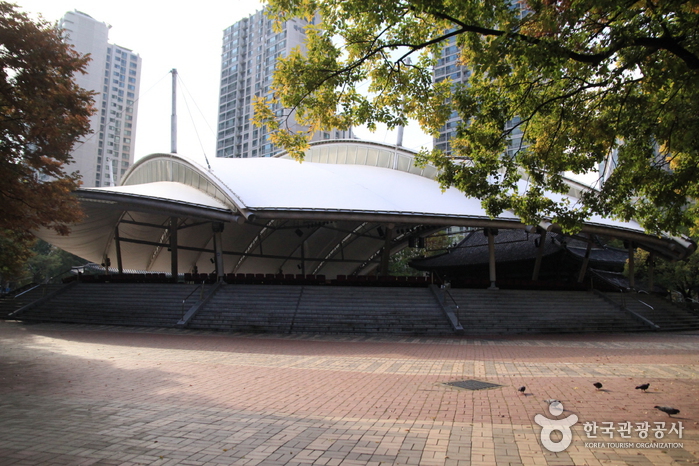
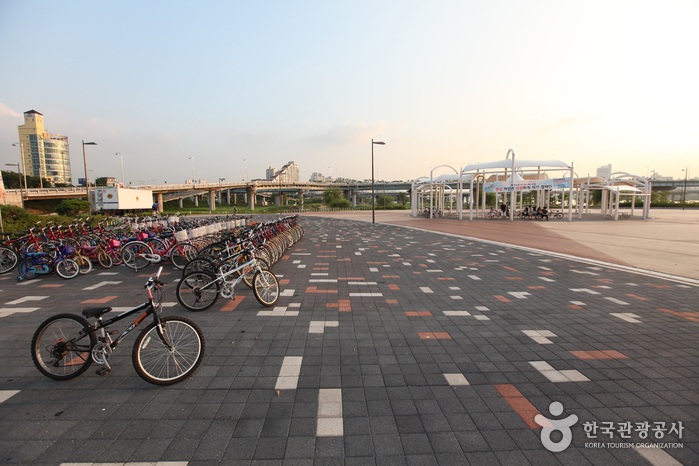
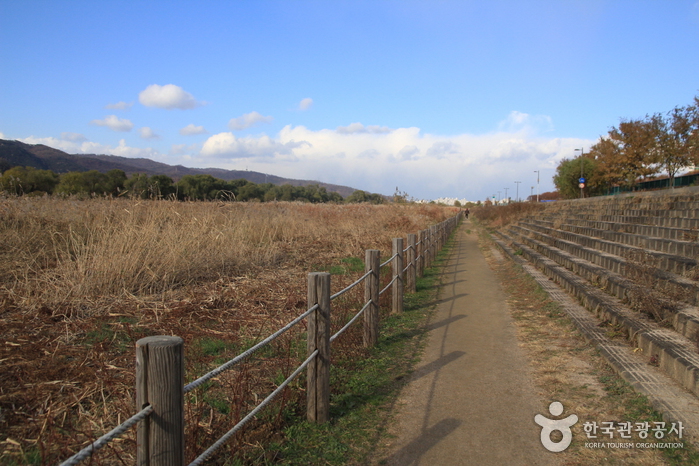
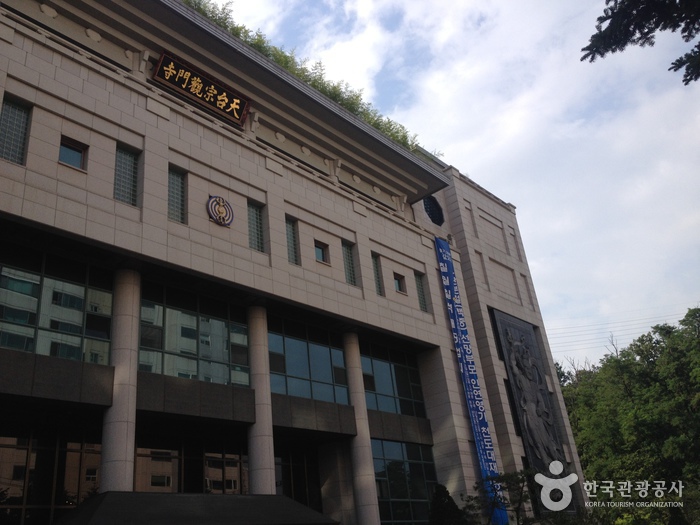
 English
English
 한국어
한국어 日本語
日本語 中文(简体)
中文(简体) Deutsch
Deutsch Français
Français Español
Español Русский
Русский